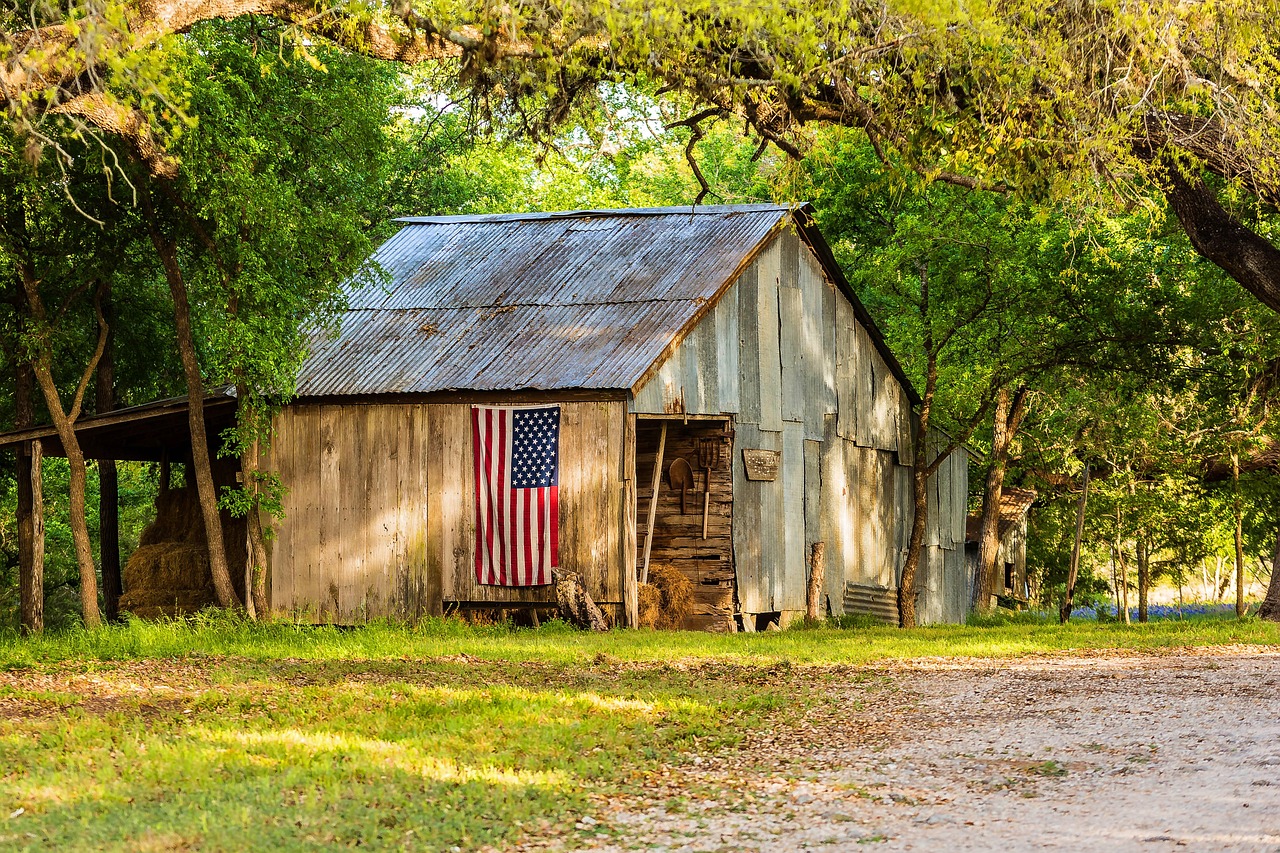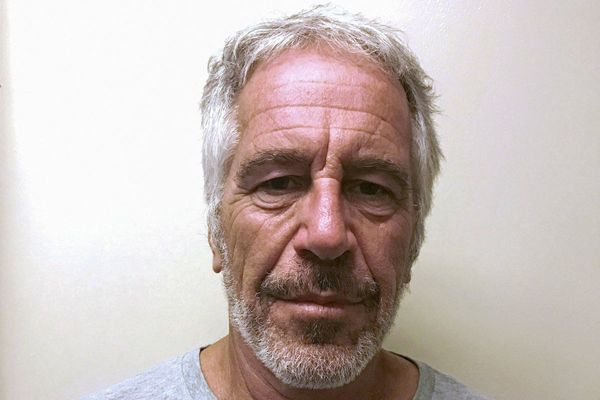
Just over two years ago, the Biden administration provided about $11 billion in grants and loans for utility companies to provide low-cost clean energy to rural communities across the country. Yet, President Donald J. Trump won a record 93% of rural counties in the 2024 election. Now, through his proposed budget, Trump is stripping economic benefits from those same rural supporters.
Biden’s Inflation Reduction Act (IRA) passed into law in 2022. Its objectives included reducing the national debt, investing in clean energy, combating climate change, and cutting consumer healthcare and energy expenses. Much of the IRA, along with the Infrastructure Investment and Jobs Act (IIJA), was aimed at creating jobs and bolstering economies in rural areas.
The program represented the largest investment in rural electrification since Franklin D. Roosevelt signed the Rural Electrification Act (REA) in 1936.
Cutting Benefits Day One
Trump began gutting the IRA and IIJA from his first day back in office. His actions included:
- Freezing or ending funding to the IRA (some of those actions are being challenged in court).
- Reducing or eliminating renewable energy and climate initiatives, including ending leasing and permits for onshore and offshore wind farms.
- Promoting deregulation in the coal and fossil fuel energy sectors to counter Biden-era clean air initiatives.
Characteristics of Rural America
After years of continued decline, rural counties have begun a growth trend. In fact, rural counties grew faster than urban counties last year, according to the Economic Innovation Group (EIG). However, that growth is concentrated in counties near urban centers. That is consistent with the decades-long “flight to the burbs”.
Almost half of rural counties had fewer jobs in 2023 than they had in 2019. At the same time, rural counties averaged .3% job growth during that period. In contrast, the national average for job growth was 1%.
National growth in GDP for the 2019 to 2023 time period also outpaced rural counties. The national figure was 2.4% while rural counties averaged 1.8% per year.
The economies and population of rural counties can vary wildly, with some prospering and growing while others are stagnant or in decline. The difference seems to be the county’s proximity to urban areas or the presence of jobs in the oil, gas, or mining industries.
Rural counties, no matter their economic condition, are overwhelmingly Trump country. They are also overwhelmingly reliant on support from the federal government. As a result, changes in Trump’s policy and his budget bill in Congress will have an adverse impact on the people who have been the president’s most reliable supporters.
Cutting Medicaid
Perhaps no program cut will be more devastating to rural Trump supporters and their communities than the ones he proposes for Medicaid.
Trump has repeatedly said Medicaid, Medicare, and Social Security will not be cut. However, his “One Big Beautiful Bill”, which is a budget bill, calls for a $600 billion reduction in Medicaid over 10 years. In addition, $230 billion would be cut from the Supplemental Nutrition Assistance Program (SNAP), commonly called food stamps, over the next 10 years.
In a May 4th Meet the Press interview, Trump said he would veto any bill that cut Medicaid. Then, Trump went on to maintain that the cuts in his budget bill were not cuts. He has indicated that the cuts are an effort to eliminate fraud and waste, even though he has never cited specific instances of fraud in Medicaid or SNAP.
“We’re going to love and cherish Social Security, Medicare, Medicaid,” Trump stated in late January. “We’re not going to do anything with that, other than if we can find some abuse or waste, we’ll do something, but the people won’t be affected. It will only be more effective and better.”
Hospitals Vital to Rural Communities
There is nothing to back the president’s claims that his Medicaid cuts will be more effective and better for rural hospitals. On the contrary, gutting Medicaid will make it harder for those facilities to exist.
Roughly 60 million Americans, or about 20% of the country, depend on rural hospitals for primary care. Often, these healthcare outposts are the only means of treatment for several rural counties, according to the Federation of American Hospitals.
In addition, rural hospitals are often the largest or second-largest employers in rural areas.
Rural Hospital Closures Could Rise
These healthcare facilities rely heavily on Medicaid reimbursements. If Trump’s cuts are approved, the impact on rural hospitals and their patients will be severe.
Rural hospitals will lose $50.4 billion in federal spending in the next 10 years, according to the American Hospital Association (AHA). Additionally, 1.8 million individuals in rural communities will lose Medicaid coverage over the same time.
“And so that’s one of the concerns, is that a lot of people (who) are going (to) use Medicaid are probably going to be in rural areas,” Gbenga Ajilore told the Federal News Network. He is the chief economist for the Center on Budget and Policy Priorities. “The other part is that Medicaid is vital for the financial viability of rural hospitals. And so when you cut Medicaid, that’s going to impact the viability of rural hospitals, and we’re going to see an increased risk of closures.”
Rick Pollack, president and CEO of the AHA, agrees.
“The Medicaid cuts in the One Big Beautiful Bill Act would devastate rural hospitals across the country,” said Pollack. “Many rural hospitals would be forced to choose between maintaining services, keeping staff, and possibly closing their doors. Patients would be forced to travel hours for basic or emergency care, and communities would suffer.”
Driving long distances for care could result in delayed treatment and poorer outcomes, not to mention increased travel costs.
Other Groups Hurt By Cuts to Medicaid and SNAP
In addition to rural America, other populations will suffer if Trump’s Medicaid and SNAP cuts are enacted. They include some of the most vulnerable people in the country, such as:
- Children: Almost 45% of children in America rely on Medicaid or SNAP, according to a report by UnidosUS, AFL-CIO, and First Focus on Children. In addition, 14 million children depend on both programs for adequate healthcare and food. Losing those benefits could have adverse effects on their educational, mental, and physical development.
- Older Adults and People With Disabilities: Cuts in Medicaid could mean the elimination of some benefits, such as dental care and home health services.
- Low-income Families: Many individuals and families, especially in rural areas, have difficulty making ends meet. Wages in rural counties tend to be low, and full-time work may be hard to find. As a result, Medicaid and SNAP are a vital safety net.
- People With Chronic Health Conditions: Many people with chronic health conditions, such as diabetes, heart disease, asthma, and cancer, depend on Medicaid for healthcare. Cutting the program would increase their financial burden. That could lead to skipping or delaying needed care. In turn, that could lead to emergency care and unpaid hospital stays.
Not Law Yet
It should be noted that Trump’s budget bill is not ready to become law. It was rubber stamped by the House, but is facing greater scrutiny in the Senate.
So, if you live in a rural area or are otherwise threatened by the cuts proposed in the Big Beautiful Bill, you still have time to act. You can call or write your senators and let them know how you feel.
Next, we will look at the impact of the legislation on jobs, the overall economy, the deficit, and tax breaks for the wealthy.
Read More:







